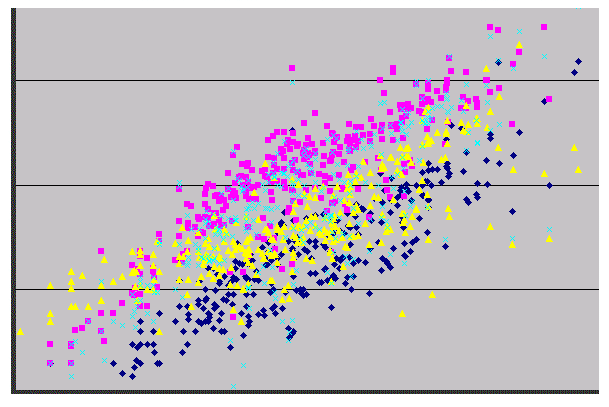
III. Data and Preliminary Interpretations (con't)D. Organic ComponentsOrganic components are presented in five subtables, corresponding to major organic constituent categories as follows:
The frequency of occurrence of the organic constituents is recorded in Table 7. Although organic constituents were analyzed in the extensive Louisiana Department of Environmental Quality resource studies of 1983-84 (Overton, 1984, Schurtz and St. Pé, 1984), they were mostly below detection limits. The EMAP studies of 1991-94, utilizing more sensitive methods, have yielded more quantitative data on the many related congeners or organic species. The EMAP studies also provide chemical data on biota (e.g. fish), water column and toxicity studies. The sediment data have been entered into Appendix C and D just prior to publication, but the data have not yet been reviewed or interpreted for this publication.
The earlier data indicated detection of organic contaminants mainly in close proximity
to the New Orleans shoreline, especially a few hundred meters distance from canals
(Overton and others, 1986). Other comments on toxic organics are presented in section F. (Coastal and Inland Waterway Impacts).
|
|||||||||
